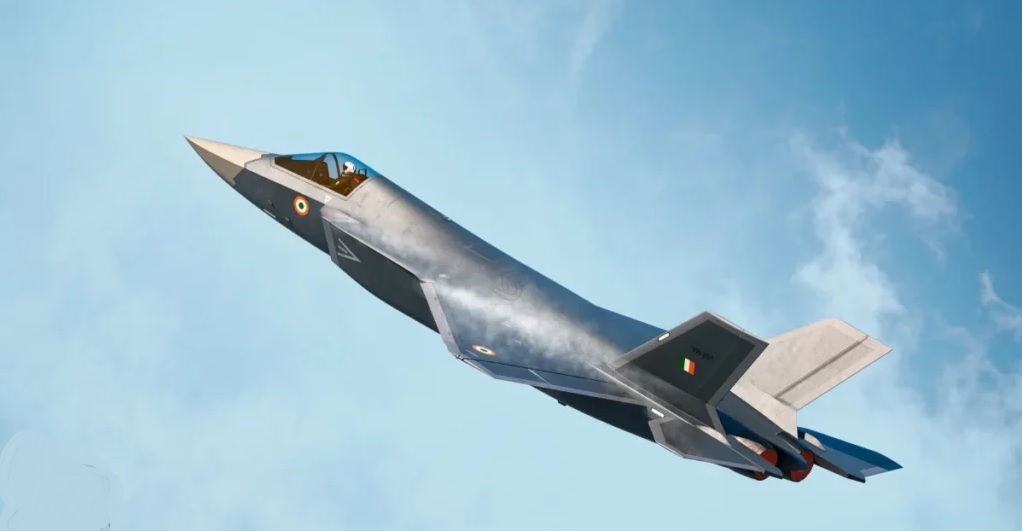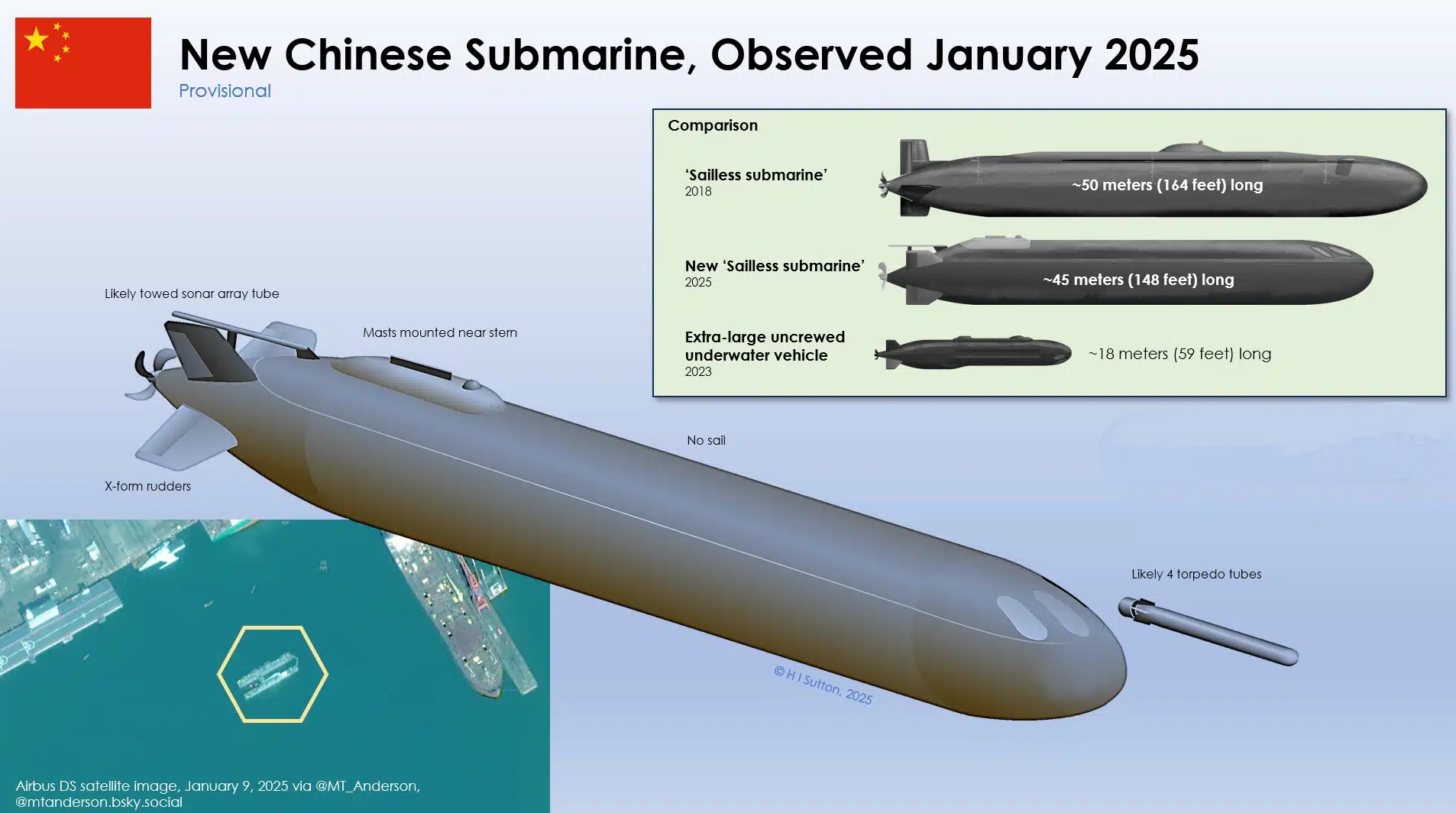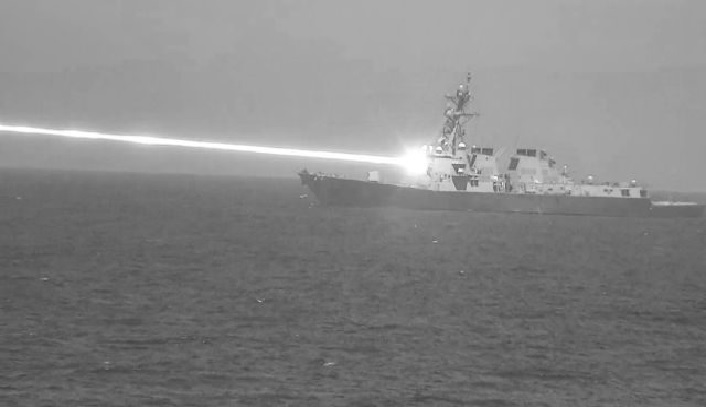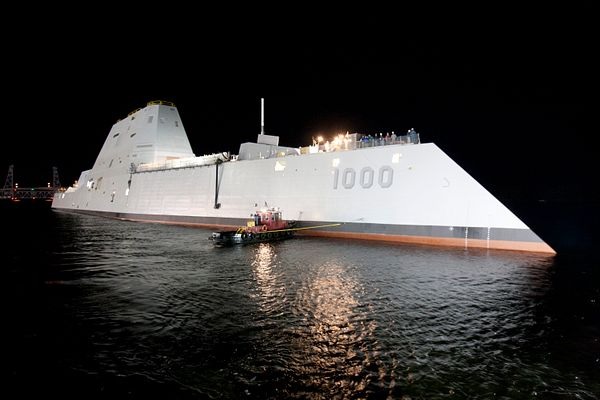India's Strategic Blueprint to Counter China's 5th and 6th-Gen Fighter Jet Advantage

As China rapidly scales its fleet of 5th-generation fighters like the J-20 and develops advanced 6th-generation aircraft such as the J-36, India faces an escalating challenge in maintaining air superiority. With limited external procurement options for stealth fighters, India must prioritize indigenous solutions while simultaneously enhancing its radar and air defense capabilities to neutralize the stealth threat posed by China.
Constraints on Acquiring 5th-Generation Fighters
India’s reliance on foreign procurement to bridge its technological gaps is limited in this scenario due to several factors:
- American F-35 Restrictions: The U.S. is unlikely to offer the F-35 to India as long as New Delhi operates the Russian-origin S-400 air defense system, which raises concerns about technology leaks to Moscow.
- Russian Su-57 Challenges: While Russia's Su-57 is technically a 5th-generation fighter, its performance is hindered by incomplete stealth capabilities, primarily due to its AL-41F1 engines. Additionally, Russia’s production limitations mean it cannot supply India with large numbers of Su-57s in the short term, given that even its own fleet requirements remain unmet.
- European Options: Advanced European fighters such as the Tempest and FCAS are still under development and will not be operational for at least a decade, leaving no immediate solution for India.
The AMCA Project: India’s Key to 5th-Generation Air Dominance
India’s Advanced Medium Combat Aircraft (AMCA) program is the most viable long-term solution to counter the threat posed by China’s 5th- and 6th-generation fighters. The AMCA is being designed as a twin-engine, stealth fighter with advanced avionics, supercruise capability, and multi-role functionality.
Fast-Tracking AMCA Development
To accelerate the AMCA project and achieve operational readiness within the next 5–6 years, India could adopt a “war-mode” development strategy akin to the Arihant-class nuclear submarine program. Key steps include:
- Direct PMO Oversight: The Prime Minister’s Office (PMO) should take direct ownership of the AMCA project, ensuring streamlined decision-making, inter-agency coordination, and prioritized funding.
- Private Sector Integration: Indian private firms like Tata, Mahindra Aerospace, and L&T must be deeply integrated into the development process, leveraging their manufacturing and technological expertise.
- Phased Development and Deployment: India can adopt a phased approach, focusing on rapid development of AMCA Mk-1 with available technologies while working on Mk-2 to integrate more advanced stealth features and next-generation engines.
AMCA Specifications and Features
The AMCA will include:
- Stealth Design: A low radar cross-section (RCS) enabled by radar-absorbing materials and internal weapons bays.
- Supercruise Capability: The ability to fly at supersonic speeds without afterburners.
- Advanced Sensors: AESA radar and distributed aperture systems for superior situational awareness.
- AI Integration: Automated threat assessment and pilot assistance for improved decision-making in combat.
- Network-Centric Warfare: Seamless integration with India’s defense network, allowing the AMCA to act as a command-and-control hub for drones and other assets.
Enhancing Radar Capabilities to Counter Stealth Threats
Even with a robust stealth fleet, countering China’s massive numbers requires India to develop advanced anti-stealth radar systems to detect and neutralize enemy fighters.
Gallium Nitride (GaN)-Based Radars
India must prioritize equipping its existing fleet of Su-30MKIs, Tejas, and AMCA with GaN-based AESA radars. These radars offer:
- Higher Power Efficiency: GaN semiconductors enable higher output power, improving detection range and resolution.
- Improved Multi-Target Tracking: Enhanced capabilities to track multiple stealth targets simultaneously.
UHF and VHF Band Radars
To complement high-frequency AESA radars, India should ramp up the development of UHF and VHF band radars, which are more effective against stealth aircraft:
- Long-Wavelength Detection: UHF and VHF radars are less affected by stealth shaping techniques and can detect low-RCS aircraft at greater ranges.
- Networked Systems: Integrating these radars into a broader sensor network ensures overlapping coverage and reduces blind spots.
Modernizing the Su-30MKI Fleet
While awaiting the AMCA, India’s existing Su-30MKI fleet can serve as a critical counter to China’s stealth fighters if upgraded effectively:
- AESA Radar Integration: Replacing the Su-30MKI’s N011M Bars radar with GaN-based AESA radars for enhanced detection capabilities.
- Electronic Warfare Systems: Equipping the Su-30MKI with advanced EW pods to jam enemy radars and disrupt communication networks.
- Long-Range Weapons: Arming the Su-30MKI with long-range air-to-air missiles like the Astra Mk-2 and Meteor to engage stealth targets at a safe distance.
Conclusion
China’s numerical and technological edge in 5th- and 6th-generation fighters is a significant challenge for India, but it is not insurmountable. By fast-tracking the AMCA program, modernizing existing assets, and investing in cutting-edge radar and air defense technologies, India can effectively neutralize the threat posed by China’s stealth fleet.
With decisive leadership, streamlined processes, and a focus on self-reliance, India can ensure its air force remains a formidable force in the region, capable of defending its interests against any adversary.



